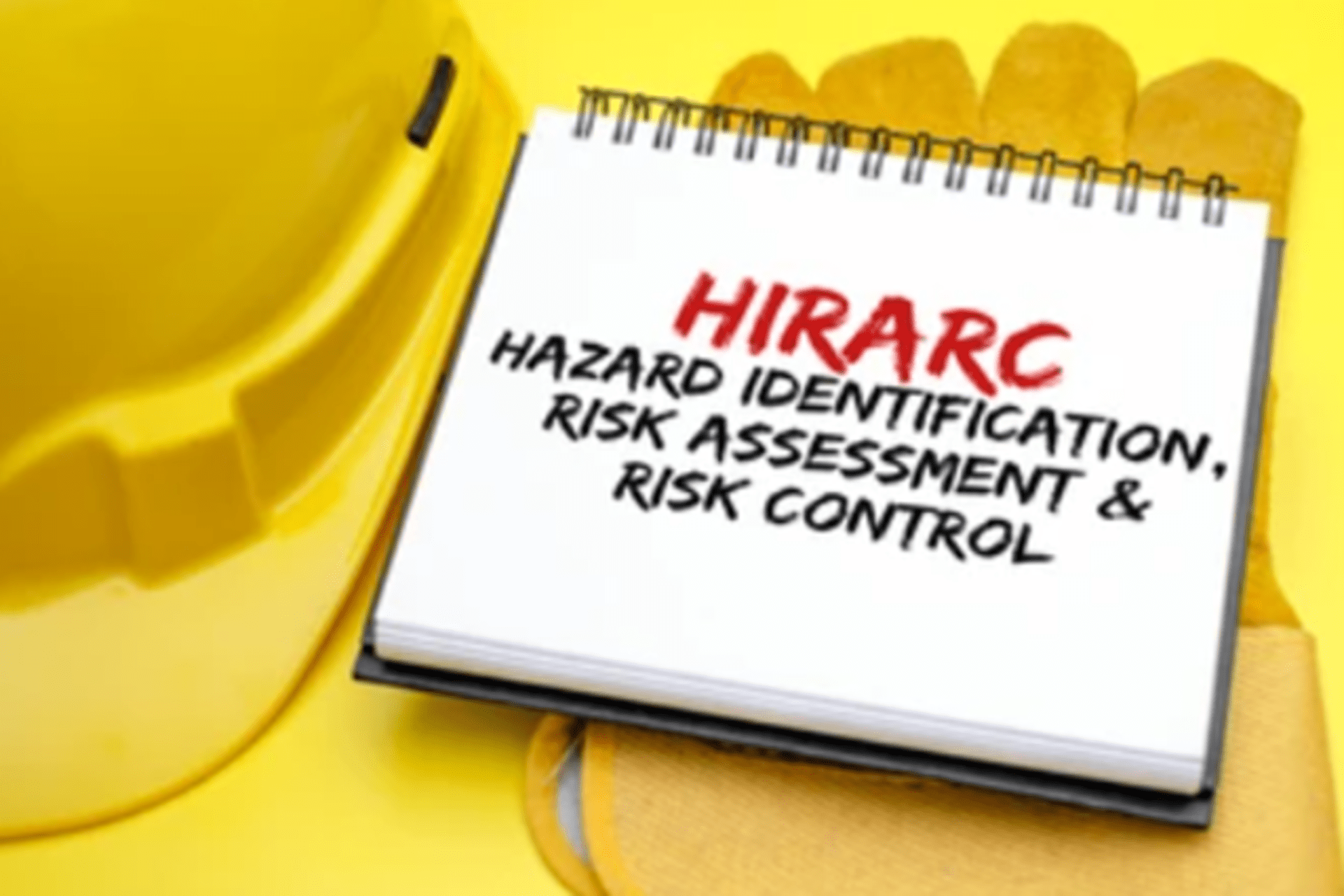
FAQ-HAZARD AND OPERABILITY STUDY (HAZOP)
The purpose of a HAZOP (Hazard and Operability) study is to identify potential hazards and operability issues in process facilities, aiming to reduce the likelihood and impact of incidents. This helps protect personnel, the plant, property, the environment, and the company's reputation.

FAQ- HAZARD IDENTIFICATION, RISK ASSESSMENT, AND RISK CONTROL (HIRARC)
The primary goal of Hazard Identification, Risk Assessment, and Risk Control (HIRARC) is to proactively detect potential hazards in a workplace or environment, evaluate the related risks, and apply control measures to reduce or eliminate those risks.


FAQ- LOPA STUDY
Layer of Protection Analysis (LOPA) is a structured methodology used in chemical industries to evaluate and quantify the risks associated with process hazards. It determines the effectiveness of existing protective layers against potential accidents and identifies safety gaps. LOPA simplifies risk assessment by using order of magnitude estimates for event frequency, consequence severity, and failure likelihood of independent protection layers (IPLs). Building on qualitative hazard evaluations like Process Hazard Analysis (PHA), LOPA identifies and quantifies mitigation measures, ensuring that protective layers are independent and effective.

METHODOLOGY FOR HAZARD OPERABILITY (HAZOP) STUDY
The purpose of HAZOP Study is to identify the hazard and operability problems and to reduce the probability and consequences of an incident in the process facilities that would have a detrimental impact to the personnel, plant, properties, environment and company reputation. This Method describes the organization, study methods and recording requirements for HAZOP studies. Its purpose is to advise both HAZOP team members and other members of a project, of the approach to be adopted as well as the other contributions required from individuals. It is based upon considered worldwide best practices and international benchmarks in HAZOP deployment and management.

FAQ- HAZARDOUS AREA CLASSIFICATION-IS (HAC)
Hazardous Area Classification (HAC) is a critical safety study aimed at identifying and defining the areas around equipment that handles or stores flammable fluids, vapors, and combustible dusts where the risk of fire or explosion is present. The primary goal is to minimize the possibility of an ignition source coinciding with a flammable atmosphere, thereby reducing the risk of fire or explosion.




